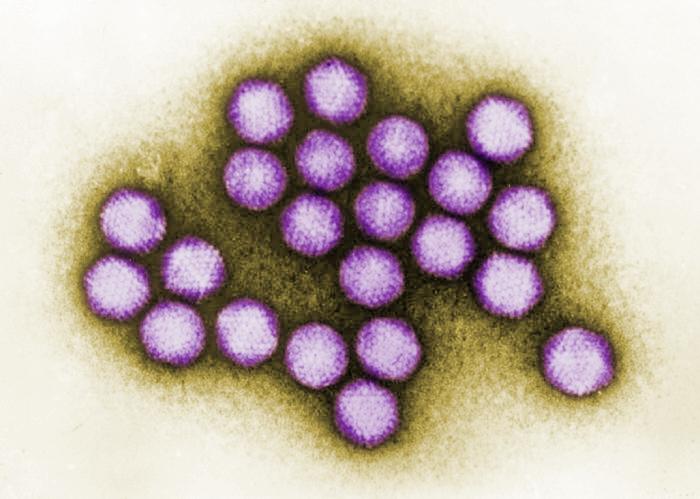
Yesterday in Emerging Infectious Diseases, Centers for Disease Control and Prevention (CDC) researchers described the cases of eight US children who died of acute hepatitis of unknown cause—half of whom tested positive for adenovirus—from October 2021 to June 2023.
A total of 392 pediatric hepatitis cases of unknown origin were reported during the period. Of the eight who died, two had weakened immune systems, and one of the four who tested positive for adenovirus had no underlying medical conditions. Adenoviruses typically cause mild flu- or cold-like symptoms.
Hepatitis is an inflammation of the liver caused by genetic, drug-related, metabolic, infectious, or immune-mediated conditions. Before these cases, adenovirus had been associated with hepatitis only in people with impaired immune systems. Another 1,010 similar cases were later reported by other countries.
In April 2022, the CDC issued a healthy advisory that recommended testing affected children younger than 10 years for adenovirus.
Two children required liver transplant
The median patient age was 2.4 years, 62.5% were boys, and 62.5% were Hispanic. Emergency department or hospital admission occurred after a median 7 days of symptoms. Seven of eight children had received at least two doses of hepatitis B vaccine, and five had been given one or two doses of hepatitis A vaccine.
Investigation into whether Hispanic/Latino children are at higher risk for diseases and death is needed.
The median length of hospitalization was 14 days. Seven children had acute liver failure as noted on their medical abstraction form, and two received a liver transplant. The causes of death for seven children with available information were liver-related, cardiopulmonary causes, cerebral herniation (displacement of part of the brain due to increased intercranial pressure), and multiorgan failure. Of the four children who tested positive for adenovirus, three had adenovirus noted in their death certificate or autopsy report.
"Our findings emphasize the importance of continued investigation to determine the mechanism of liver injury and appropriate treatment," the researchers wrote. "Testing for adenovirus in similar cases could elucidate the role of the virus. Investigation into whether Hispanic/Latino children are at higher risk for diseases and death is needed."












